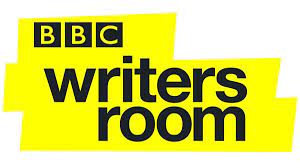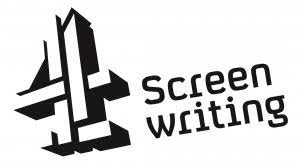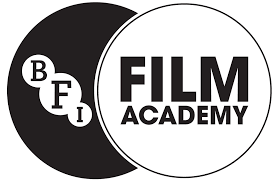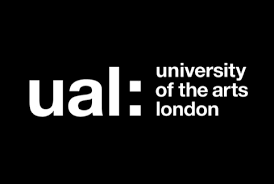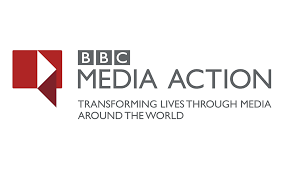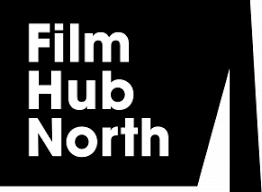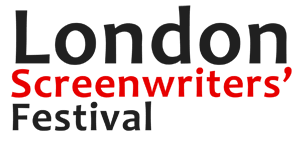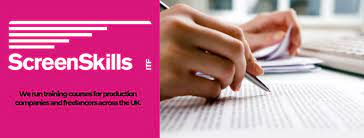CREATIVITY FOR SCRIPTWRITERS 1 day course London Saturday Feb 21st
A course for scriptwriters in all media – TV, film, radio, theatre – designed to help you generate exciting ideas and characters, and give your creativity a boost with a day of fun, stimulating writing exercises. Run by TV drama script editor, producer and script consultant PHILIP SHELLEY with guest speaker writer REGINA MORIARTY.
http://www.script-consultant.co.uk/training/
Hi There,
My script consultancy service is the core of the work I do (around the Channel 4 course, several other courses and other development work) and I hugely enjoy the work I do with so many different writers. The standard of scripts I receive is generally really strong – but what makes it even more interesting is the sheer variety and originality of the scripts I receive.
At the same time though I do find myself giving similar notes to a lot of writers so this week I thought I’d list some of the most common script notes I seem to have given to writers recently – and why I give them.
SCRIPT NOTES
EXPOSITION
‘This dialogue is too obviously expositional.’
The disguising and dramatising of exposition is a big, thorny issue. As a general principle, I’d say that a lot of the scripts I read just don’t need to give us half as much exposition as they think they do. You need to use exposition to power and turn your story, rather than as something that gets in the way of your story. In general, this often means revealing vital exposition – key character back-story – as late as possible, revealing it dramatically, dynamically and as a way to generate drama. One other way of thinking about this is that audiences, as a general principle, respond to scenes that pose questions rather than scenes that answer questions. The answering of big narrative / character questions should be what your story is heading for ultimately. Reveal this information too early and your story loses its tension, and its ability to grip an audience.
DIALOGUE
‘The dialogue is well-written but there is too much of it.’
Part of the really valuable learning process of working on shows from development through to production – whether as writer, script editor or director – is realising how little dialogue you often need to tell the story you want to tell, how much of screenwriting needs to be visual rather than verbal. (Although Aaron Sorkin may not agree).
In scripts with too much dialogue (and if the story also needs work) I often encourage writers to go back to scene-by-scene stage, and write an outline that tells me their story entirely through brief, economic descriptions of the on-screen character action, thinking about how to tell their whole story visually, without any dialogue at all. I encourage writers to view dialogue almost as a last resort – as the way to tell the story in a scene only if they can’t do it visually, through the actions of the characters.
‘Try to give each of your characters their own distinctive voice and mode of speech.’
This seems to me to be one of the elements of dialogue that is most under-valued. If you listen closely to people anywhere you go, we all have our own mode of speech – our own unique accents, verbal tics, mannerisms and rhythms of speech. How we speak and what we say is so revealing of us as people but too often there isn’t enough distinctiveness to dialogue. Of course, this is also connected to characterisation.
STORY / STRUCTURE
‘Every scene needs to CHANGE the story.’
Question the purpose of every scene in your story. My standard line used to be that every scene needs to advance the story or our knowledge and understanding of the characters. But actually I think now that it’s more than that – and simpler than that. Every scene needs to change the story, change the direction of the story, however subtly. When you come out of a scene, the status quo of the characters, the dynamics between them, need to have changed in some way.
‘There are too many long dialogue scenes.’
Too many scripts have a rhythm that is unrealistic – by which I mean, in the way they cut from one very long dialogue scene to another, dialogue scenes of more than 2 or 3 pages – they don’t reflect the reality of the TV drama and films that are currently being made. If you watch the huge majority of shows, then long dialogue scenes stand out as the exception. And most of the long dialogue scenes are big, important, climactic scenes. (Again, Aaron Sorkin shows are the exception that prove the rule!)
SCRIPT LENGTH
‘The script will be improved by cutting 20-30 pages’.
I can’t think of ONE script – not one exception! – that I’ve read in the last couple of years that was over 120 pages and wouldn’t have been improved by being edited down to 100 pages or less.
Producers, script editors, literary agents read a lot of scripts. They will never be happier that the script you’re asking them to read is 130 pages rather than 90 pages. So if you are going to professionally submit a 120+ page script, then you need to be absolutely sure that there is a very, very good reason for it.
PROOF READING
‘There are a lot of typos in the script.’
A significant proportion of scripts that I read have too many typos. When as a writer you submit your first draft professionally, it should in fact be YOUR 6th or 7th draft ideally. You should have gone through it several times, not just proof-reading – but honing, improving, editing, sharpening – this attention to detail is a hugely important part of the writing process (and arguably the easiest part). Some writers tell me they get someone else to do their proof-reading for them. Unless you are dyslexic and have genuine difficulties in spotting typographical or spelling mistakes, I would strongly advise against this. It helps greatly to print your work off to proof-read. Often you will see errors on paper that you haven’t spotted on screen. Some writers also tell me that they will proof-read their scripts properly after they’ve received my feedback. What I’d say is that the more polished and honed the script you give me to feedback on, the better the quality of my feedback will be. You’re wasting your money if you’re getting me to point out multiple typos to you; and multiple typos make reading a script more difficult and less enjoyable.
DIRECTIONS
‘There is a lack of clarity to the writing of the directions.’ ‘From the way this is written, I can’t visualise how this would play on screen.’
These are two of the most frequent notes I give. The quality and clarity of the writing of the directions is a hugely important part of any script. What I often say to writers is that what you need to do is enable me, the reader, to visualise how the action will play on screen. The writing of the directions needs to have clarity and simplicity – I want to be fully engaged by the story – I don’t want the presence of the writer (in the writing style of the directions) to come between me and the story. Write visually and filmically. In general directions should be active – they should principally be about the characters and what they’re doing. Make sure all the directions are essential to the story. Don’t clutter the story-telling with excessive description of the setting. But do clearly and visually describe what the characters look like when we first meet them. Think about the information in your head that you’re taking for granted that the reader needs to have. Without writing a list at the top of every scene, make sure you’ve established which characters are in each scene – it’s jarring when on p.3 of a scene a character speaks for the first time, and it’s only then that I realise that they have been present throughout the scene up to that point. All of these issues are hugely important for a reader in their appreciation of the script. And lack of clarity, economy and simplicity is one of the most common issues in scripts that I read.
The directions should be at least as important a part of the story-telling as the dialogue
Until next week,
All the best
Phil
PHILIP SHELLEY
@PhilipShelley1
Jan 23rd 2015


